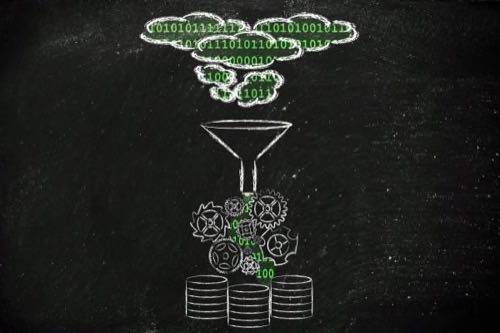
Guest author Bob Suh is the founder and CEO of OnCorps, an adaptive decision analytics company with expertise in human behavior and how it drives team performance.
In London, hotel windows are sealed tight in the winter. Recently, I walked into a hotel room and immediately smelled something … off—even foul, like an animal died somewhere unreachable. The odor dissipated after a little time, so I thought nothing more of it and went to dinner. But when I came back, there it was again.
The odor never actually left the room. What disappeared was my ability to recognize it. In a way, so-called neural adaptation can extend to the digital world as well.
See also: Airbnb Opens Data, Machine Learning Code
People can become blinded by data, and large volumes can increase data blindness in decision makers. So, by exploring the root causes of such data blindness, the effort could give organizations a significant analytical edge.
How To See Data More Clearly, And Use It More Effectively
Neural adaptation may be one reason investors pile into stocks with obvious problems. Or why an incumbent underestimates the threat of something new. Another form of data blindness results from a series of false positive alerts, like fire alarms, that discourage people from taking decisive action. This is one reason perfectly good cyber security alerts often go unheeded.
Unfortunately, overwhelming data volumes force many projects to spend most of their resources processing and charting data, with little left to focus on decisions. Data blindness can result from many factors, some neurological, others cultural. Collectively, these factors impede our ability to act logically.
Here are three ways to recognize and overcome it:
1. Focus on the decision, not the technology. Businesses spent more than $31 billion globally on big data technology in 2013, and that number is growing quickly. One study, from ABI Research, found that just 27% of organizations described their big data initiatives as successful. In most cases, huge amounts of data are available, but the ability to discern the important information from the garbage isn’t.
By focusing on the decisions that must be made, rather than purchasing and implementing massive storage and analytics solutions, organizations can set themselves up to make smarter, more thoughtful decisions and avoid drowning in a sea of data.
2. Don’t let the decision justify the data. Try asking yourself a simple question: Do you use data to make decisions, or to justify them?
With so much data to choose from, we’re inclined to fall into confirmation bias, in which we select only the items or results that support the conclusion we’d like to have. The key here is to recognize that, and go into each situation with an open mind and without preconceived notions.
3. Be wary of false positives. In the 1700s, Presbyterian minister Thomas Bayes developed a formula for relating current probabilities from prior probabilities. This foundational formula tells us that when we test for something extremely rare, even if the test is reliable, we will experience a high rate of false positives.
When we use big data to discover rare events, we tend to ignore Bayes. Each time employees receive information they deem irrelevant, they will increasingly ignore the data that follows, and the greater the amount of data, the bigger the problem. Reducing false positives requires profiling events and alerts in a way that reduces the false indicators.
Organizations can become mired in collecting and charting existing transaction data and lose sight of the decisions they seek to change. But understanding the factors that contribute to data blindness can help us see the information as a means, rather than an end.
Instead of collecting and charting all available data all the time, business leaders should start with the decisions they seek to change and work backward to find the right data.
Lead photo courtesy of Shutterstock










